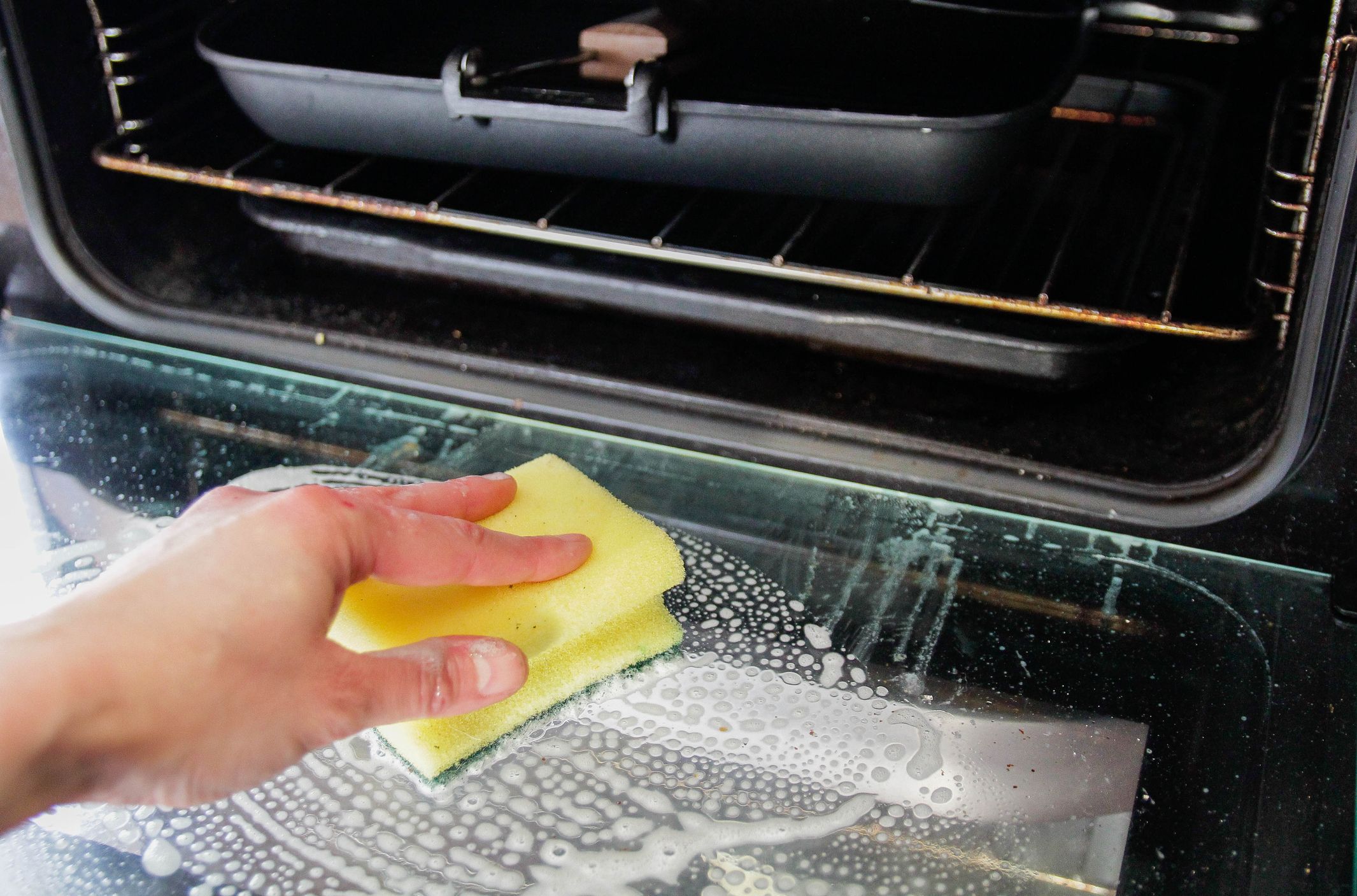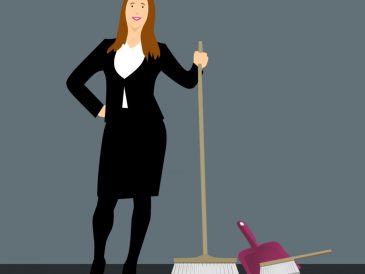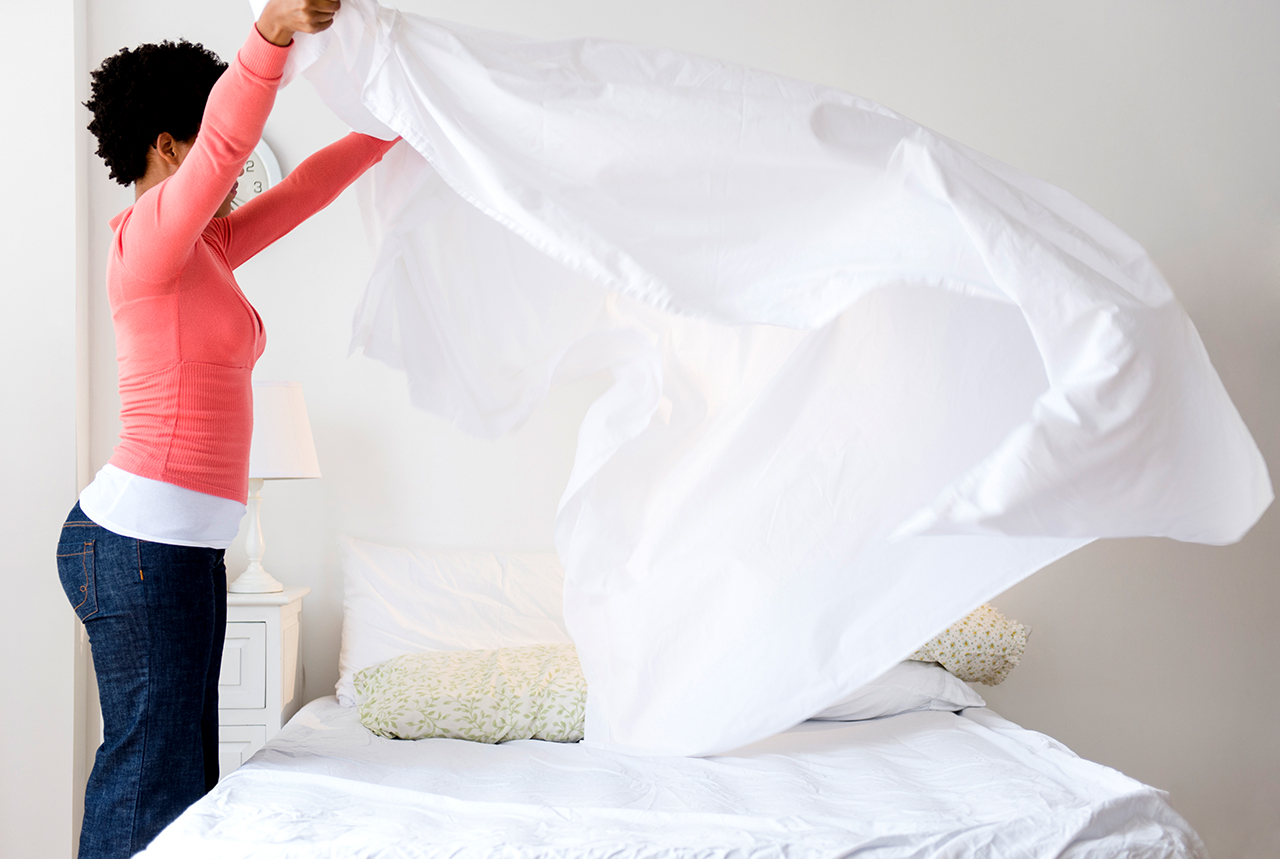How to Clean an Induction Cooker
Contents
Step 1: Maintain your induction cooker on a daily basis
Step 2: Remove greasy marks from your plates
Step 3: Remove burnt-on stains from your induction plates
Protect your plates
Induction cookers use a magnetic field that is transformed into heat energy by contact with a specially adapted container (saucepan, frying pan, casserole, etc.).
The coating of induction plates is fragile and requires specific maintenance with specifically designed products. It is, however, possible to replace them with vinegar or liquid black soap.
Here are all the tips for cleaning induction cookers.
1. Maintain your induction cooktop on a daily basis
Induction cookers are easy to clean and should be cleaned daily to avoid burning dirt, in which case cleaning would be more difficult, and you would risk damaging your cookers.
For the daily maintenance of your induction plates:
When the table is warm, take a sponge that you have previously moistened with clear water.
Quickly wipe the plates with the damp sponge.
Then wipe the plates with a paper towel.
Tip: For effective maintenance, regularly clean after each use.
If the traces are encrusted and difficult to remove:
Use a degreaser: white vinegar or a special cleaning product for induction plates.
Using the sponge, rub the plates with the product and use a scraper specially designed for induction plates if the marks stick.
Then rinse with the sponge soaked in clean water.
Dry the plates, possibly with a microfiber cloth to polish them.
Caution: never clean your induction plates with non-specific or abrasive chemicals, as this may cause irreparable damage!
2. Remove greasy marks from your plates
An induction plate cleaner usually removes stains from your induction plates perfectly.
However, it is also common for it to leave greasy marks.
To remove them, here are 3 simple solutions with degreasing, economical and ecological products:
- Apply a jet of white vinegar on absorbent paper and pass it over your table.
- Lather a little white stone on a sponge and apply it to your induction cooktop.
- Soak a sponge with liquid black soap and water and degrease your induction plates with it.
- Finally, polish them with a microfiber towel.
3. Remove burnt-on stains from your induction plates

If your induction plates have burnt spots, due to overflow or cooking stains, you can still recover them.
Caution: to remove the burnt stain from your induction plate, do not use abrasive cloths or corrosive products: you will damage the glass of your plates.
Start by removing the largest amount with a specially designed scraper or a wooden spatula. You can also heat the plate gently to melt some dirt (caramel, chocolate…).
In the best case, you will completely remove the burnt residue with the scraper. If not:
Try to remove the burned with white clay or white stone: lather it on a sponge and rub with the soft side.
In exceptional cases, rub gently with the green side of your sponge to remove any remaining residue.
Reapply your special induction plate cleaner or your usual degreaser (vinegar, liquid black soap, etc.).
If the stain is still there, use a spray oven cleaner:
Spray the product on the stains.
Leave it on for the time recommended by the manufacturer.
Rinse with a sponge soaked in clear water.
Dry with a soft cloth.
Protect your plates
To ensure the longevity of your induction cooktop, you need to protect it!
Don’t use your plates to put things on.
Protect them with a specially designed cover. Usually made of glass, they come in different sizes. This way, you can use your plates as a work surface without the risk of scratching them!
Materials to clean an induction cooker
Special induction or glass-ceramic cleaner
Special induction or glass-ceramic scraper
Absorbent paper
Sponge
White stone
White vinegar
Liquid black soap
Cloth
Oven cleaner
Cover for induction or glass-ceramic plate





